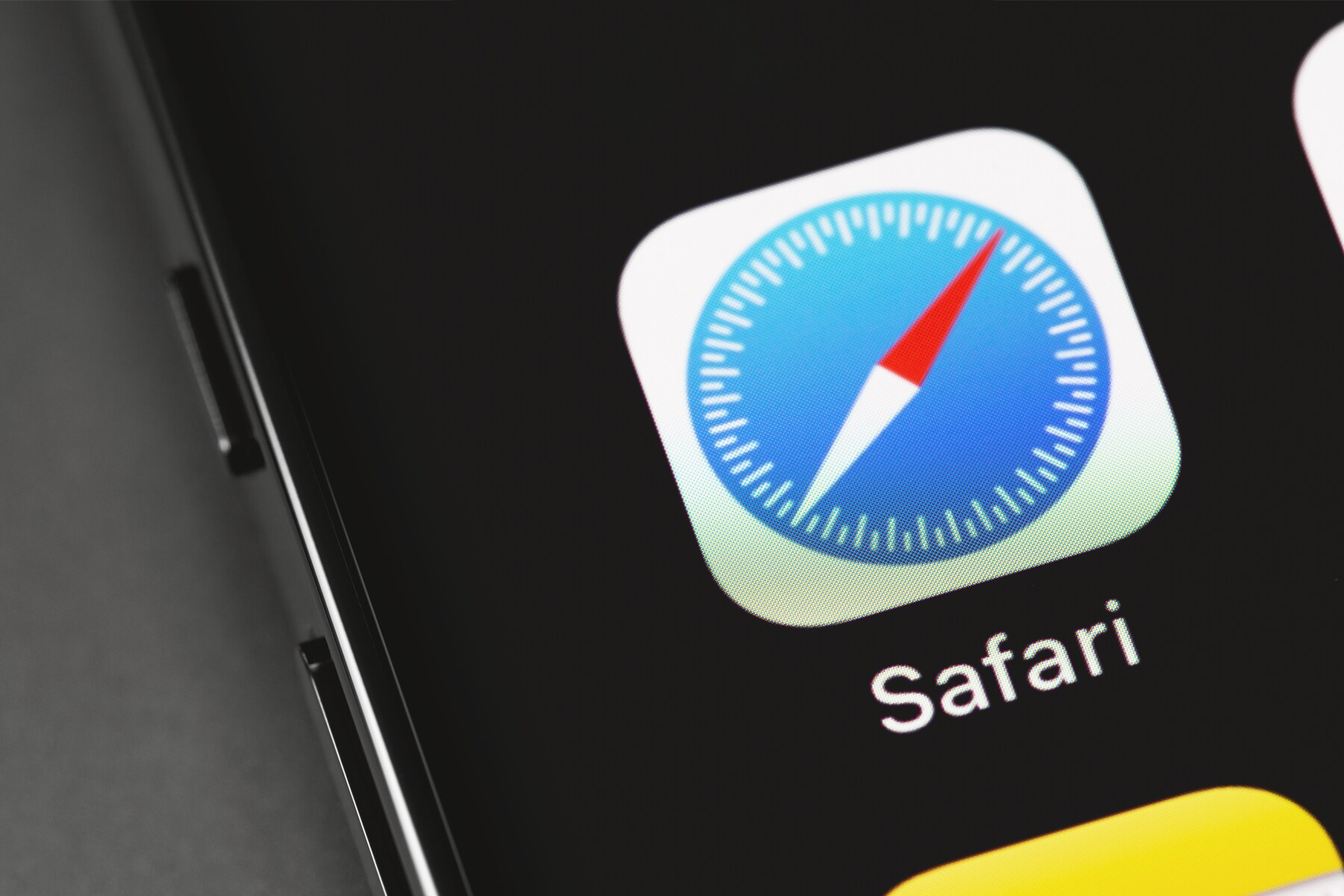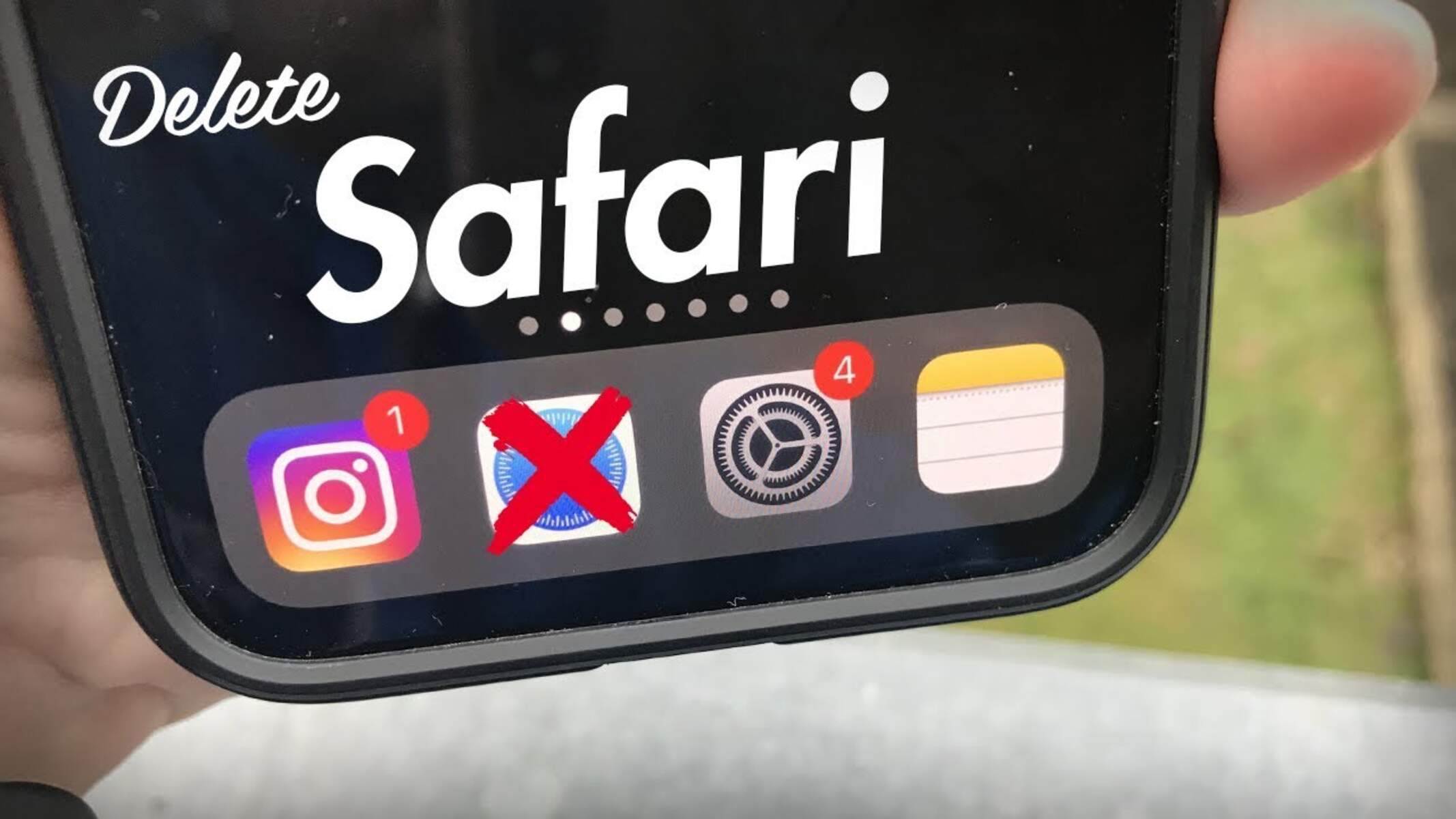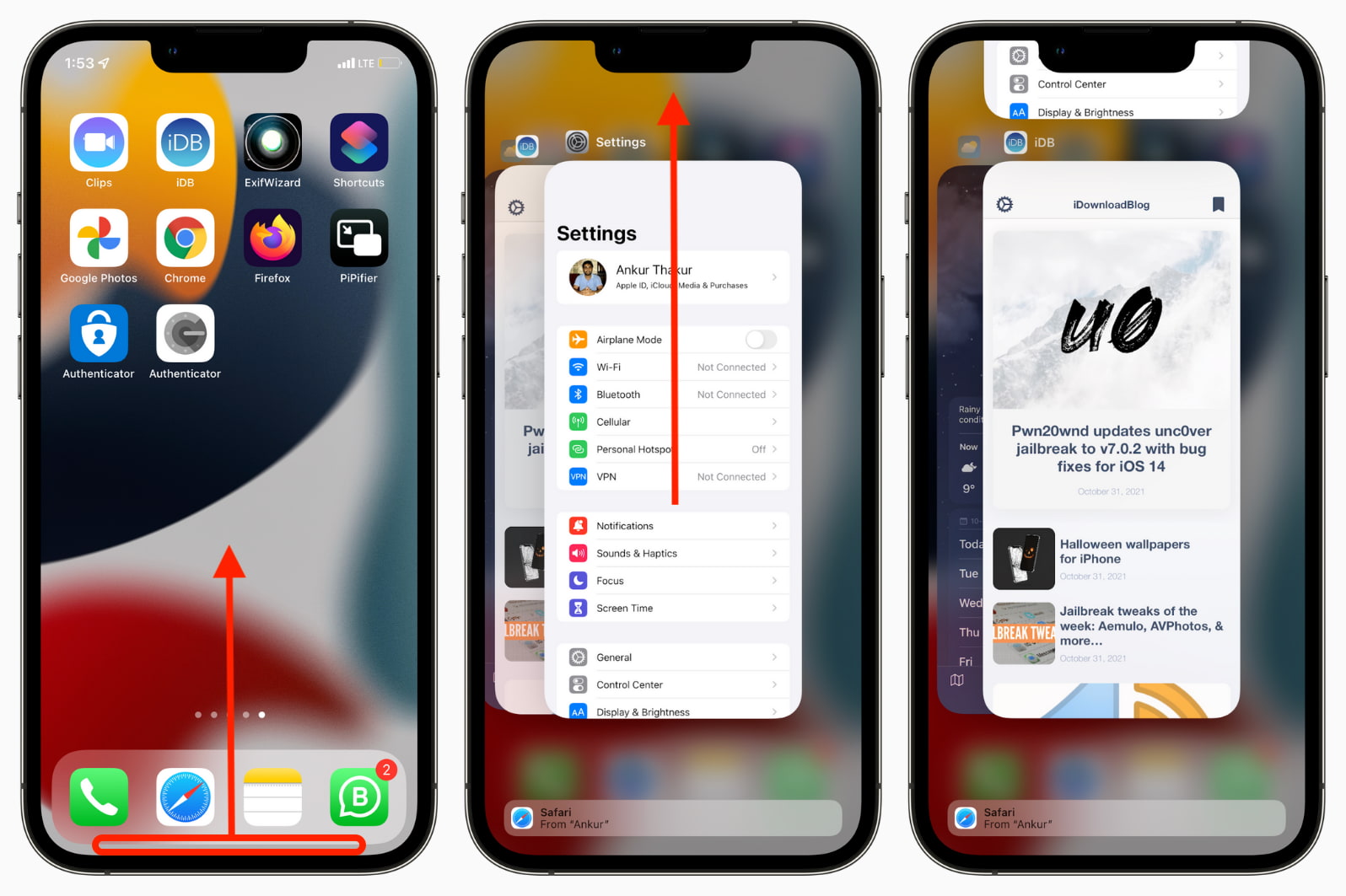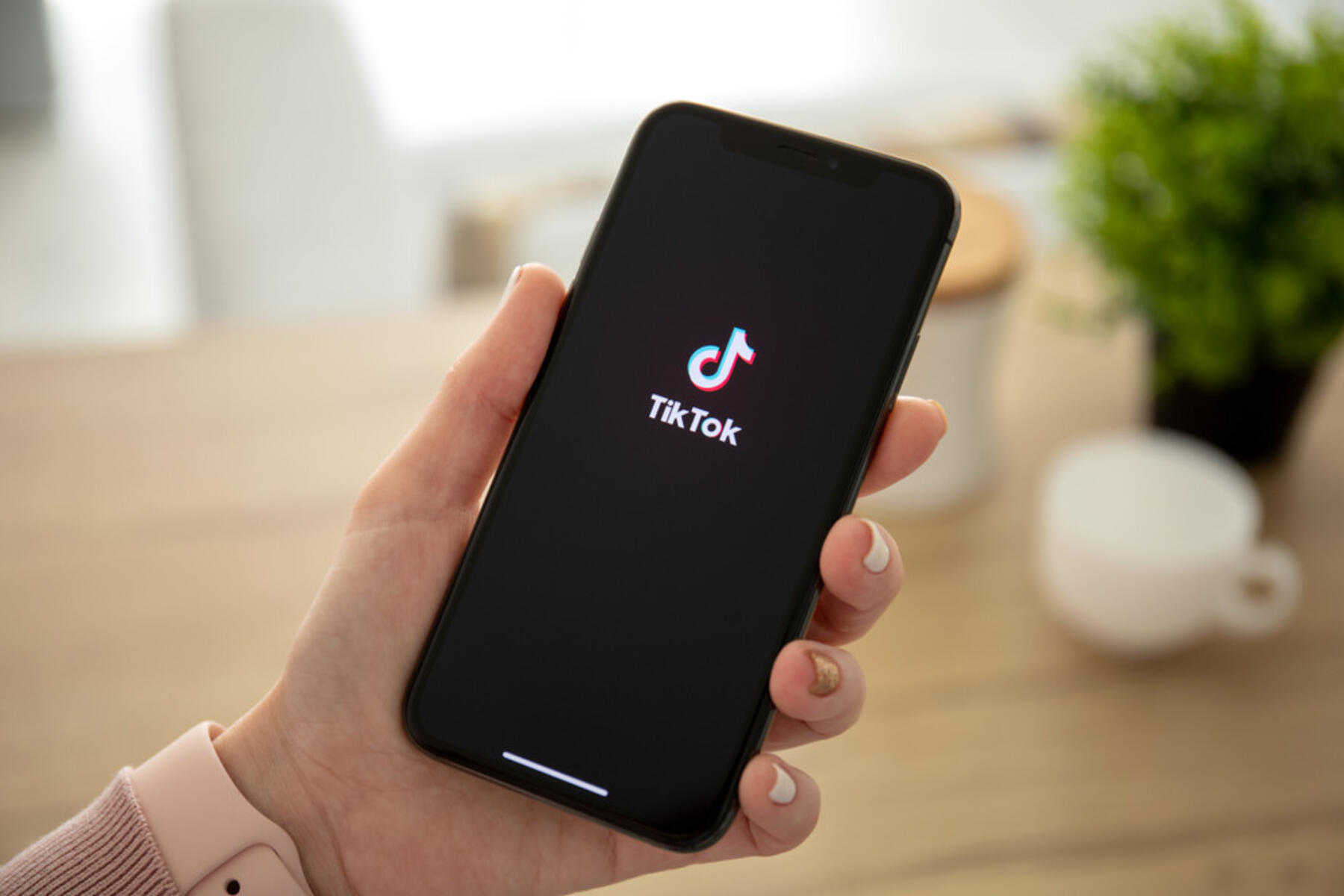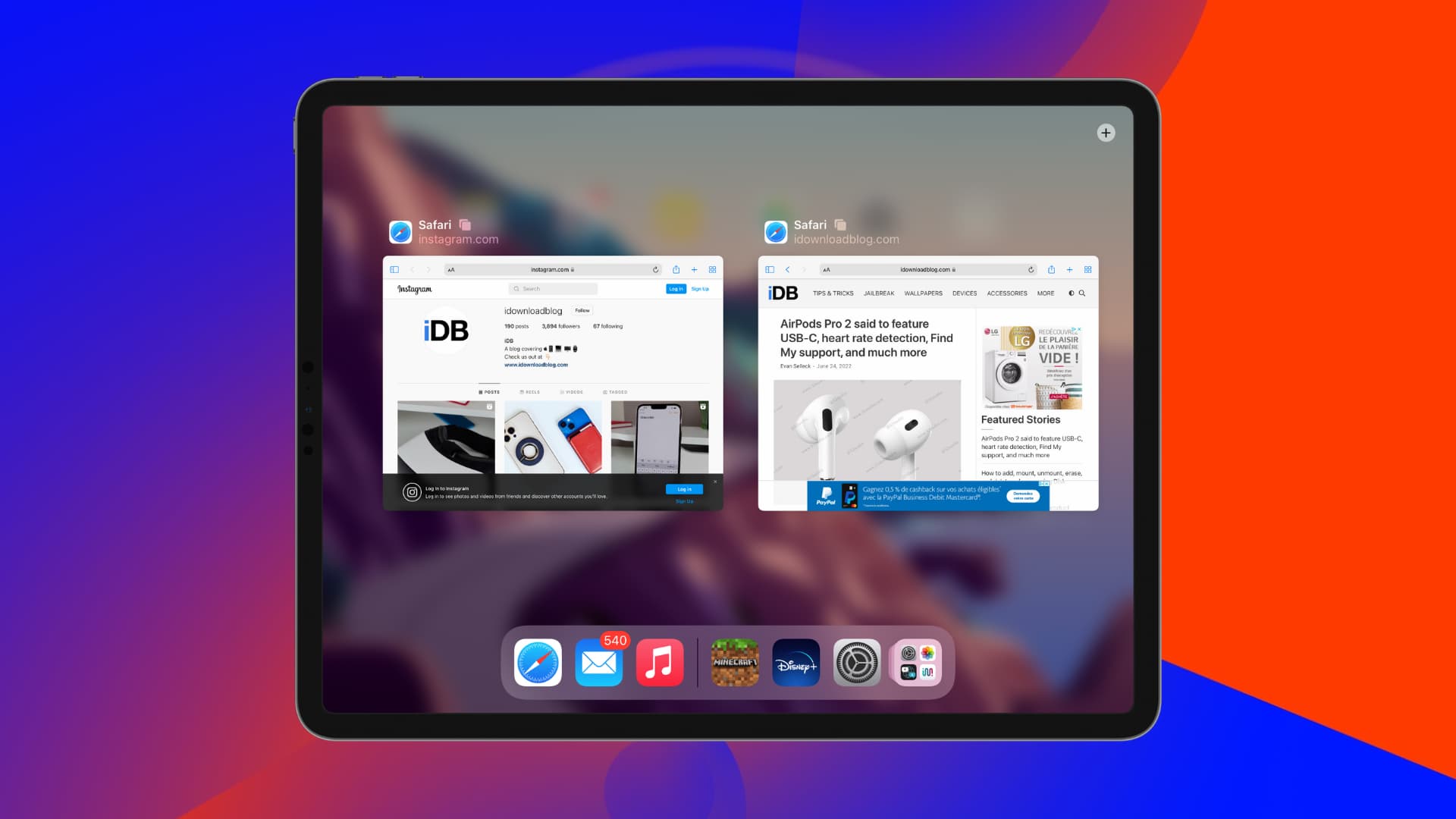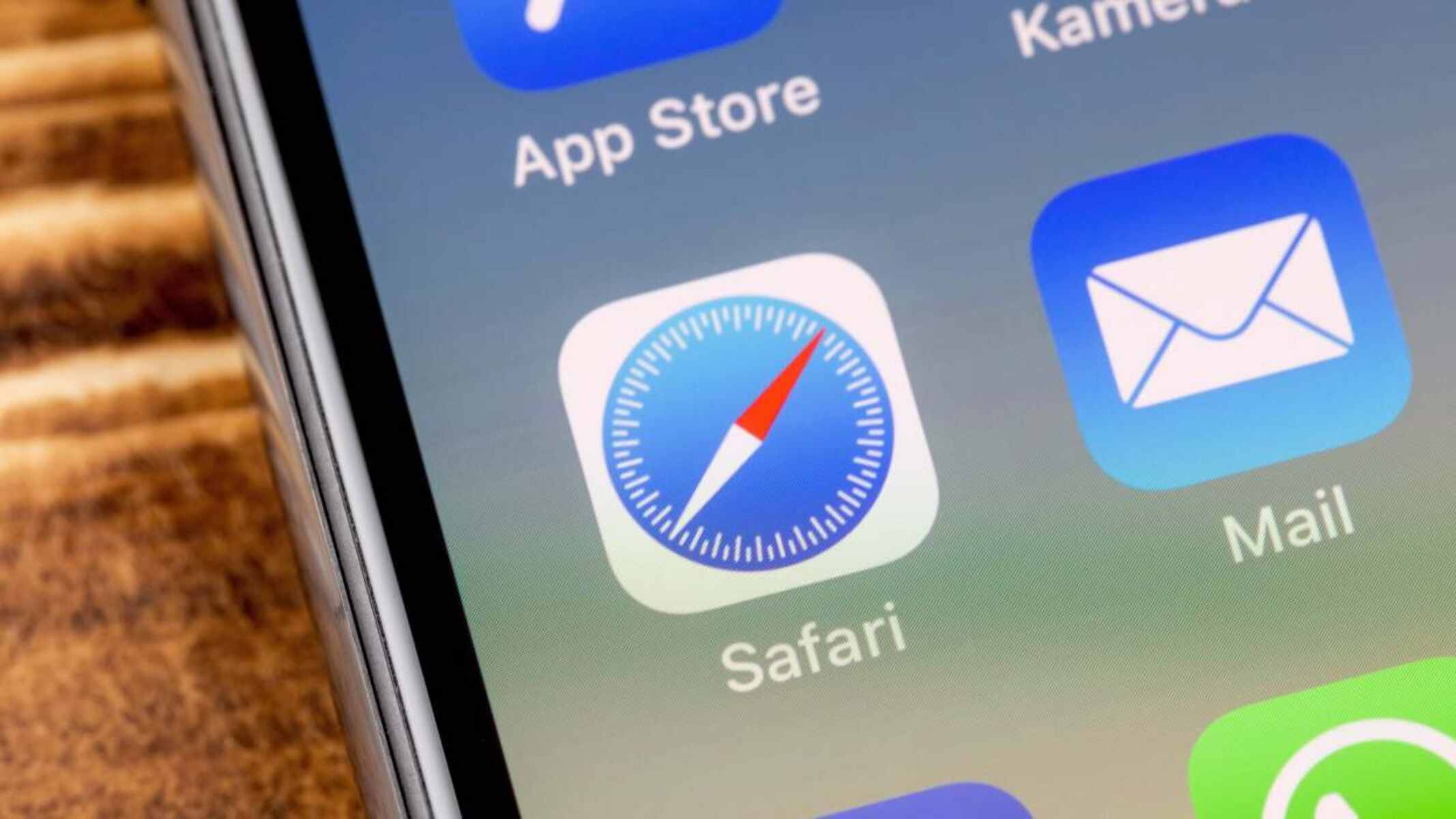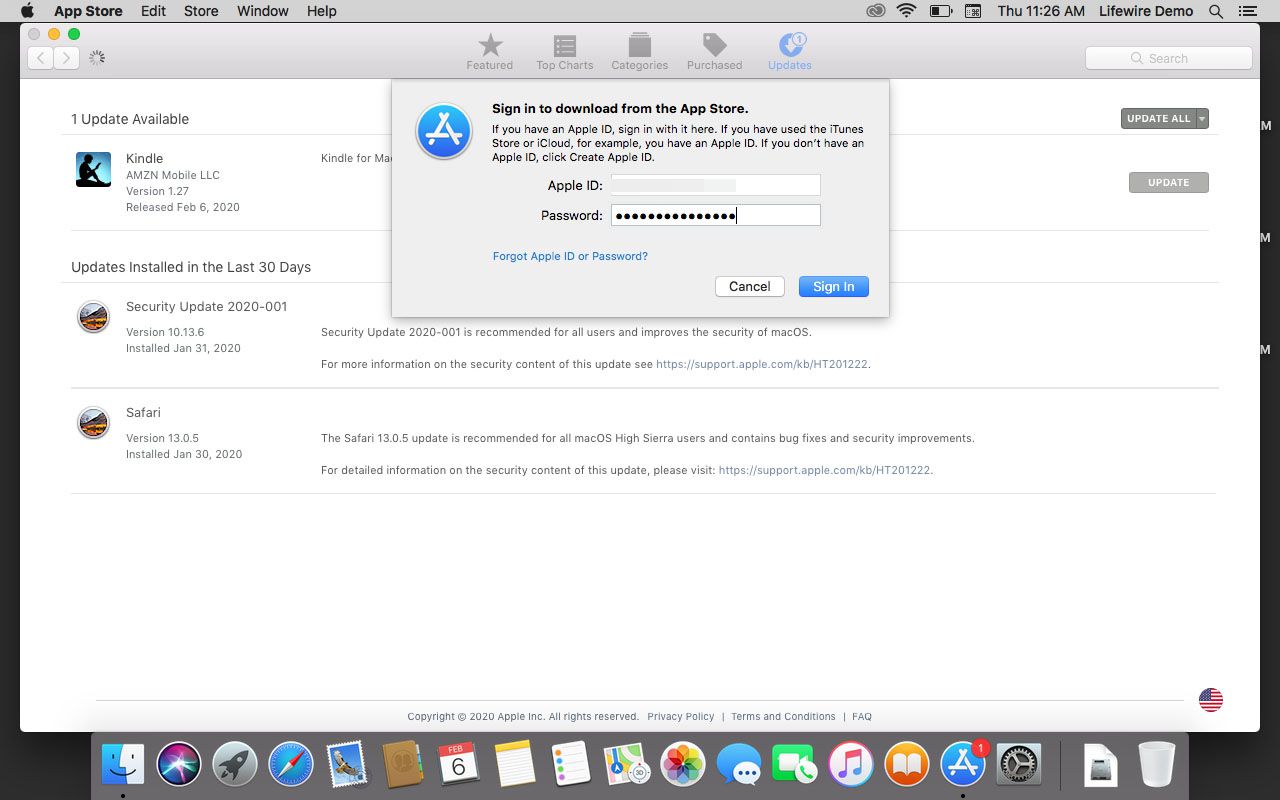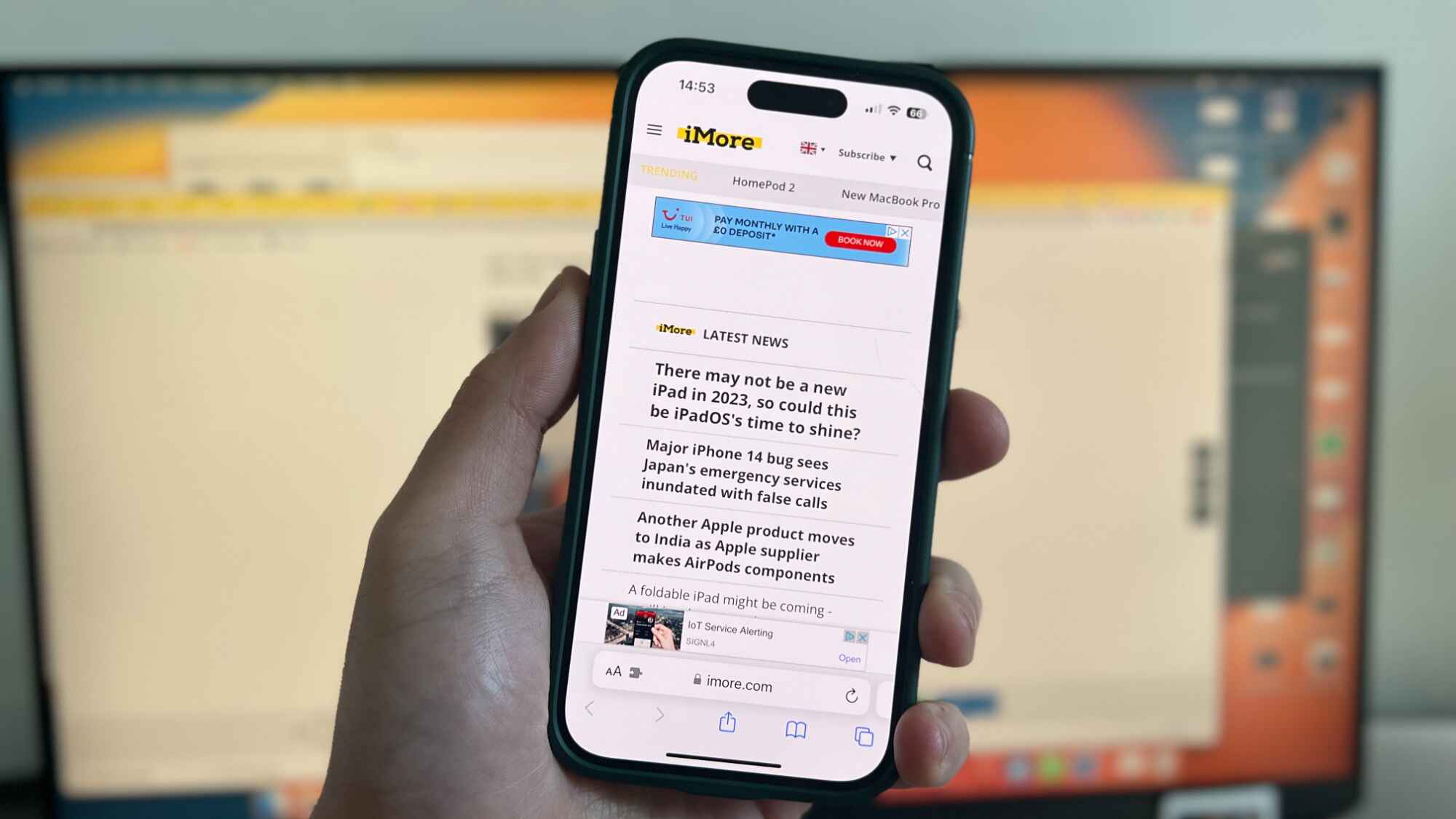Introduction
Have you ever found yourself in a situation where you can't seem to locate the Safari app on your iPhone or iPad? It can be quite perplexing, especially when Safari is your go-to browser for surfing the web, checking emails, or accessing various online services. Whether you accidentally deleted the app, it disappeared after a software update, or it's simply hidden from view, the good news is that there are several methods to retrieve the Safari app and restore it to its rightful place on your device.
In this article, we'll explore the various ways to locate and restore the Safari app on your iOS device. From checking the home screen to utilizing the App Library and Spotlight search, we'll cover step-by-step instructions to help you navigate through the process seamlessly. Additionally, we'll delve into the option of restoring Safari from an iCloud backup and re-downloading it from the App Store, providing you with a comprehensive guide to ensure that you can access Safari without any hassle.
So, if you've been scratching your head wondering, "Where is my Safari app?" fear not! By the end of this article, you'll be equipped with the knowledge and tools to reclaim your beloved Safari browser and continue enjoying a seamless browsing experience on your iOS device. Let's dive in and uncover the solutions to reunite you with Safari!
Checking the Home Screen
When it comes to locating the Safari app on your iPhone or iPad, the first and most straightforward step is to check the home screen. The Safari app is typically displayed prominently on the home screen, making it easily accessible for users to launch and navigate the web. To begin the search, simply swipe through the various pages of your home screen, scanning for the familiar blue compass icon that represents the Safari browser.
If you're using an iPhone, it's essential to check all available home screen pages by swiping left or right to ensure that the Safari app isn't tucked away on a different screen. On the other hand, iPad users should also swipe through the home screen and examine each page thoroughly, as the larger display may accommodate more apps and widgets.
In some cases, the Safari app may have been inadvertently moved to a different location on the home screen or grouped within a folder. If you spot a folder containing multiple apps, it's worth tapping on the folder to expand it and inspect the contents. The Safari app might be nestled within a folder, waiting to be rediscovered.
Furthermore, if you've customized your home screen layout using the App Library, it's worth checking the App Library's search functionality to quickly locate the Safari app. By swiping to the rightmost home screen page, you can access the App Library and utilize the search bar at the top to type "Safari." This will instantly display the Safari app icon, allowing you to tap and launch it directly from the App Library.
In the event that you successfully locate the Safari app on the home screen, simply tap on the icon to open the browser and resume your web browsing activities. However, if the Safari app remains elusive after thorough scrutiny of the home screen, don't fret. There are additional methods to explore, ensuring that you can retrieve the Safari app and restore it to its rightful place on your iOS device.
By diligently examining the home screen and exploring the possibility of the Safari app being rearranged or grouped within a folder, you can take the initial steps toward reclaiming access to the Safari browser. If the Safari app continues to evade detection on the home screen, fear not, as we'll delve into alternative methods to track down and restore Safari on your iOS device.
Searching for Safari in the App Library
If you've meticulously scoured your home screen and still can't seem to locate the Safari app, fear not, as iOS offers the convenient App Library feature, providing a centralized location to search for and access all installed apps on your device. To access the App Library, simply swipe to the rightmost page of your home screen, where you'll be greeted by a neatly organized collection of app icons, intelligently categorized into folders and suggestions.
Upon reaching the App Library, you'll notice a search bar at the top, allowing you to swiftly type "Safari" to initiate the search for the elusive browser app. As you type, the App Library dynamically filters the displayed apps, instantly presenting the Safari app icon as a search result. Once the Safari app icon is revealed, you can tap on it to launch the browser directly from the App Library, bypassing the need to locate it on the home screen.
The App Library's search functionality serves as a powerful tool to swiftly pinpoint specific apps, including Safari, amidst the myriad of installed applications on your device. Whether the Safari app has been inadvertently moved to a different location or simply eludes visibility on the home screen, the App Library's search feature provides a seamless solution to swiftly retrieve and access the Safari browser.
Moreover, the App Library's intuitive organization of apps into categories and suggestions streamlines the process of locating the Safari app, ensuring that you can swiftly resume your web browsing activities without unnecessary delays. By leveraging the App Library's search functionality, you can bypass the need to manually navigate through multiple home screen pages, saving time and effort in the quest to reunite with the Safari browser.
In the event that the Safari app remains elusive even within the App Library, rest assured that there are additional methods to explore, ensuring that you can reclaim access to the Safari browser on your iOS device. Let's continue our journey to uncover the various strategies to retrieve and restore Safari, empowering you to seamlessly navigate the digital landscape with the familiar blue compass icon at your fingertips.
Using Spotlight Search
When the Safari app seems to have vanished into thin air, iOS offers a powerful built-in tool that can come to the rescue: Spotlight search. Accessing Spotlight search is a breeze – simply swipe down from the middle of the home screen to reveal the search bar at the top. Once the search bar is visible, you can proceed to type "Safari" to trigger the search for the elusive browser app.
As you type the keyword "Safari" into the search bar, Spotlight search springs into action, swiftly scanning through the contents of your device to locate the Safari app. The search results will promptly display the Safari app icon, accompanied by its name, allowing you to tap on the icon to launch the browser directly from the search results.
Spotlight search serves as a versatile tool that extends beyond app discovery, enabling users to swiftly locate various content, including contacts, emails, messages, and more. Its lightning-fast search capabilities make it an invaluable asset for swiftly retrieving the Safari app, especially when it seems to have slipped out of sight.
Moreover, Spotlight search's ability to search within apps further enhances its utility, allowing users to pinpoint specific content within supported apps. This feature can be particularly handy when looking for a specific webpage or bookmark within the Safari app, providing a seamless pathway to access the desired content without navigating through the app itself.
By leveraging Spotlight search, you can bypass the need to manually scour through the home screen or App Library, streamlining the process of locating and launching the Safari app with remarkable efficiency. Its intuitive search interface and comprehensive search scope make it a go-to tool for swiftly retrieving the Safari app and seamlessly resuming your web browsing activities.
In the rare event that the Safari app remains elusive even within the expansive reach of Spotlight search, fear not, as there are additional strategies to explore. The journey to reclaim the Safari browser continues, with further methods and options awaiting exploration to ensure that you can effortlessly restore Safari to its prominent place on your iOS device.
Restoring Safari from iCloud Backup
If the Safari app is still nowhere to be found despite thorough searches and attempts to locate it on your iOS device, there's no need to despair. iOS devices offer a robust backup solution through iCloud, allowing users to restore their devices to a previous state, including the reinstallation of missing apps such as Safari. Restoring Safari from an iCloud backup involves leveraging the power of iCloud to retrieve and reinstate the Safari app to its rightful place on your device.
To initiate the process of restoring Safari from an iCloud backup, begin by accessing the Settings app on your iOS device. Within the Settings app, navigate to the "General" section, where you'll find the "Reset" option. Tapping on "Reset" presents a range of reset options, including "Erase All Content and Settings." It's important to note that selecting this option will erase all data and settings on your device, reverting it to a state similar to when it was first set up.
Upon selecting "Erase All Content and Settings," you'll be prompted to confirm the action, after which your device will proceed to erase all data and settings. Once the erasure process is complete, your device will restart and display the initial setup screen. At this stage, you'll be prompted to set up your device, including connecting to a Wi-Fi network and signing in with your Apple ID.
During the setup process, you'll encounter the "Apps & Data" screen, where you can opt to "Restore from iCloud Backup." Selecting this option prompts you to sign in to iCloud using your Apple ID and password. After signing in, you'll be presented with a list of available iCloud backups, allowing you to choose the most relevant backup that includes the Safari app.
Upon selecting the desired iCloud backup, your device will commence the restoration process, retrieving the selected backup from iCloud and restoring it onto your device. This includes reinstalling the Safari app, along with its associated data and settings, effectively reinstating the browser to its previous state.
It's important to ensure that your device remains connected to a stable Wi-Fi network throughout the restoration process, as it may take some time depending on the size of the selected iCloud backup. Once the restoration is complete, your device will reboot, and you'll find the Safari app restored to its prominent place on the home screen, ready to be launched and utilized for seamless web browsing.
By leveraging the power of iCloud backups, you can effectively restore the Safari app and other essential data to your iOS device, ensuring a smooth and hassle-free experience. The ability to seamlessly retrieve and reinstate missing apps such as Safari from iCloud backups underscores the robust backup and restoration capabilities of iOS devices, providing users with peace of mind and a reliable solution for app recovery.
Re-downloading Safari from the App Store
If the Safari app is still elusive after exhausting the aforementioned methods, there's another reliable avenue to reclaim the browser: re-downloading it from the App Store. While the Safari app is an integral part of the iOS system and typically cannot be deleted, it's possible that it may have been inadvertently removed or disabled. In such cases, re-downloading Safari from the App Store serves as a straightforward solution to restore the browser to its prominent place on your device.
To initiate the process of re-downloading Safari from the App Store, begin by launching the App Store app on your iOS device. Once inside the App Store, navigate to the search tab represented by a magnifying glass icon, typically located at the bottom of the screen. Tap on the search tab to access the search bar, where you can proceed to type "Safari" and initiate the search for the browser app.
As you type "Safari" into the search bar, the App Store dynamically filters the search results, promptly presenting the Safari app as a top search result. Upon locating the Safari app in the search results, simply tap on the download icon represented by a cloud with an arrow to initiate the re-download process. The download icon may transition into a spinning circle, indicating that the Safari app is being re-downloaded onto your device.
Once the re-download process is complete, the Safari app icon will reappear on your home screen, reinstated to its prominent position for swift access. Tapping on the Safari icon will launch the browser, allowing you to seamlessly resume your web browsing activities without any further hindrances.
Re-downloading Safari from the App Store serves as a reliable and effective method to restore the browser to your iOS device, ensuring that you can swiftly access the familiar blue compass icon and continue navigating the digital landscape with ease. By leveraging the intuitive interface of the App Store and its seamless re-download process, you can effortlessly reclaim the Safari app and enjoy a seamless browsing experience on your iOS device.







